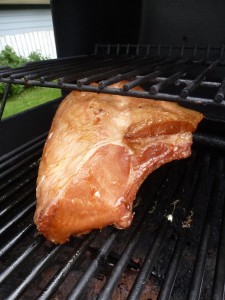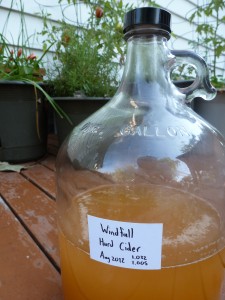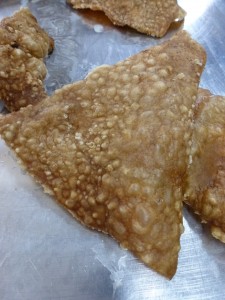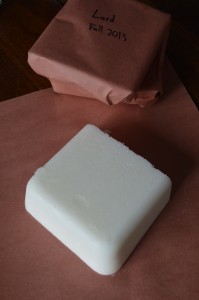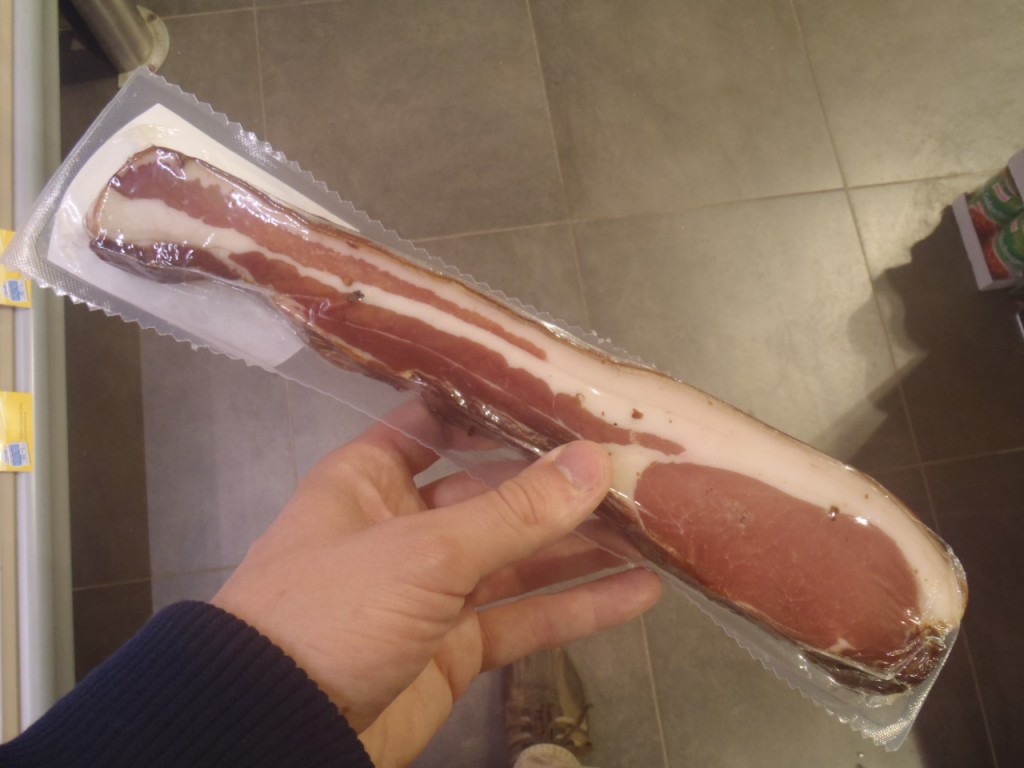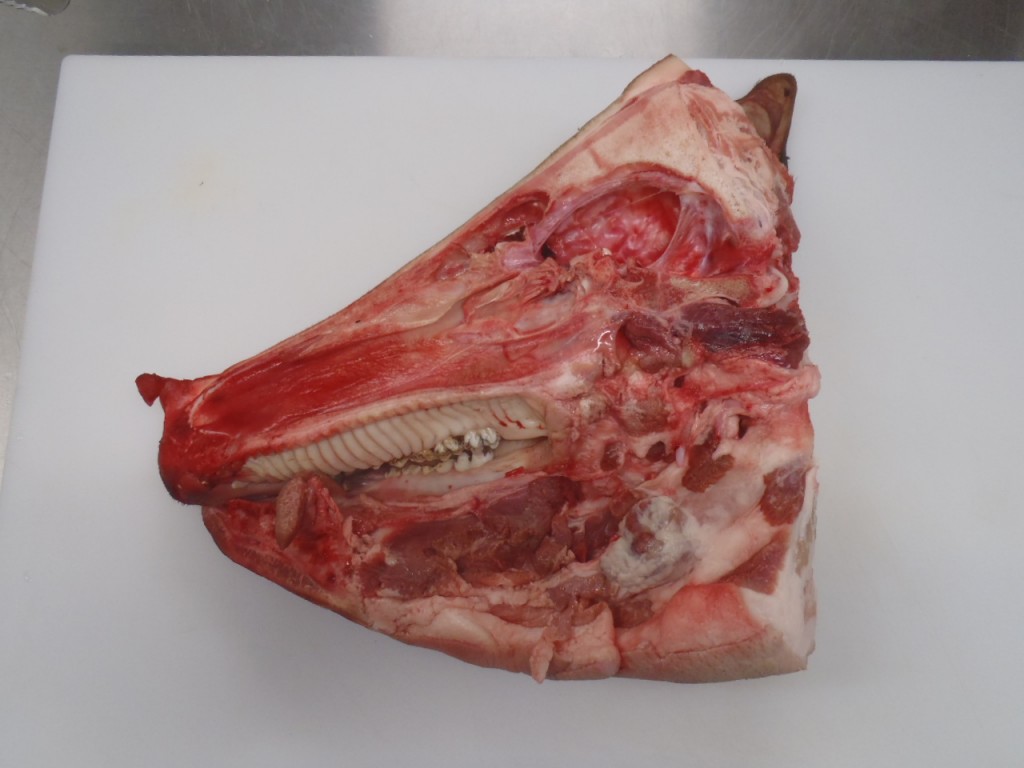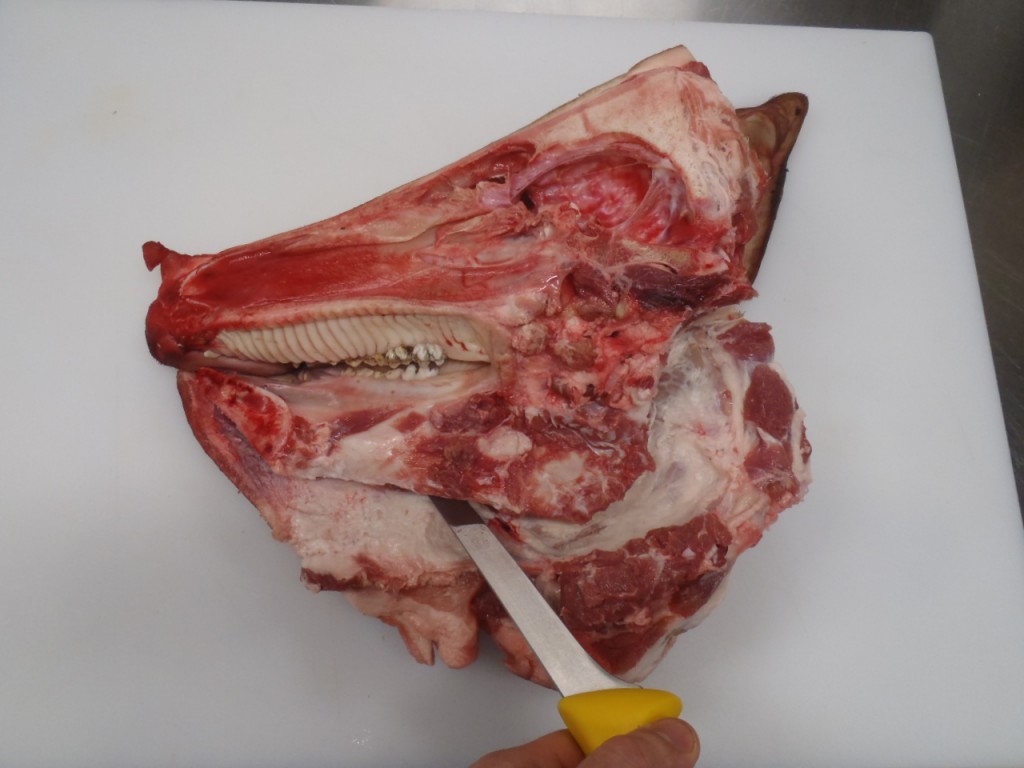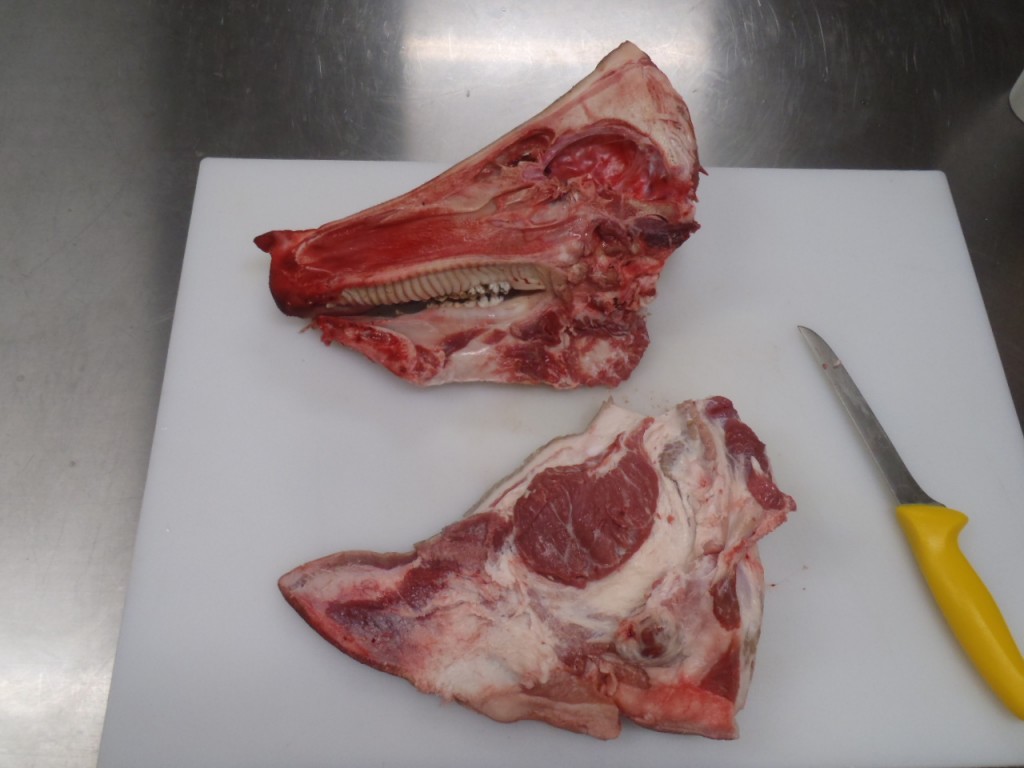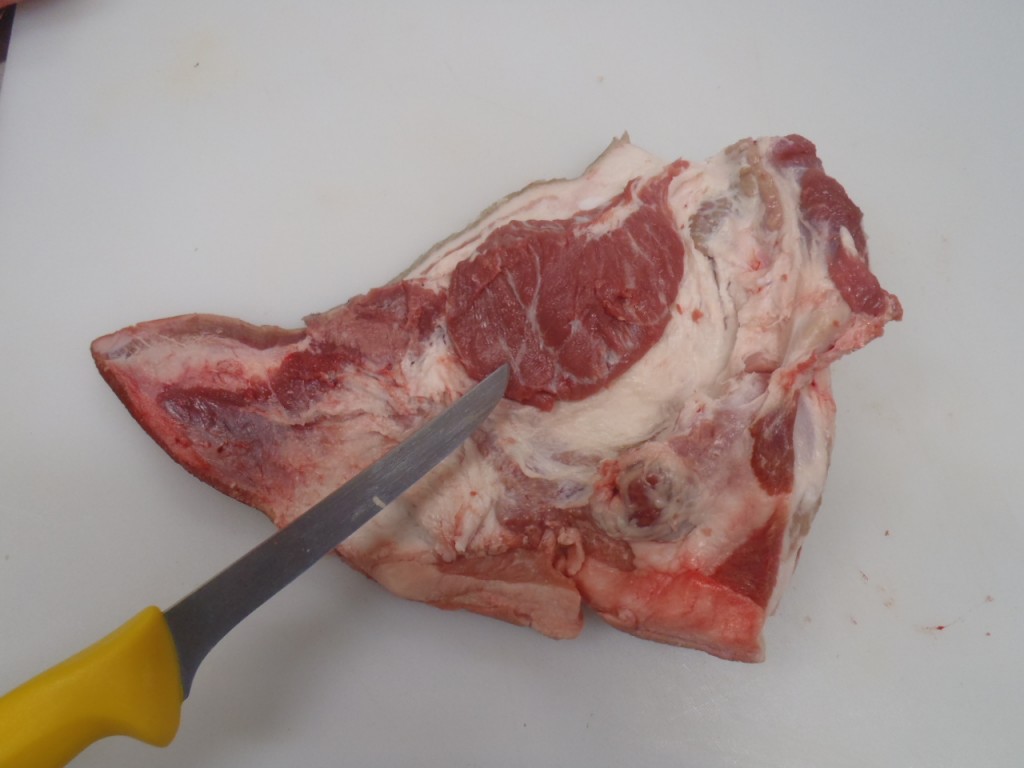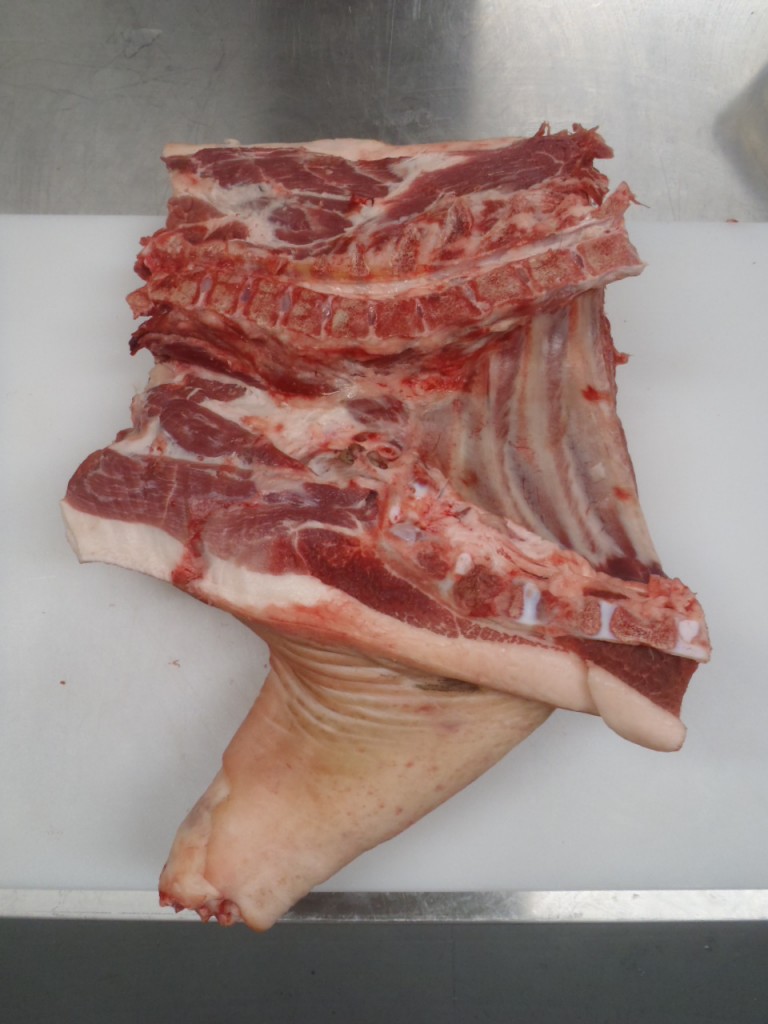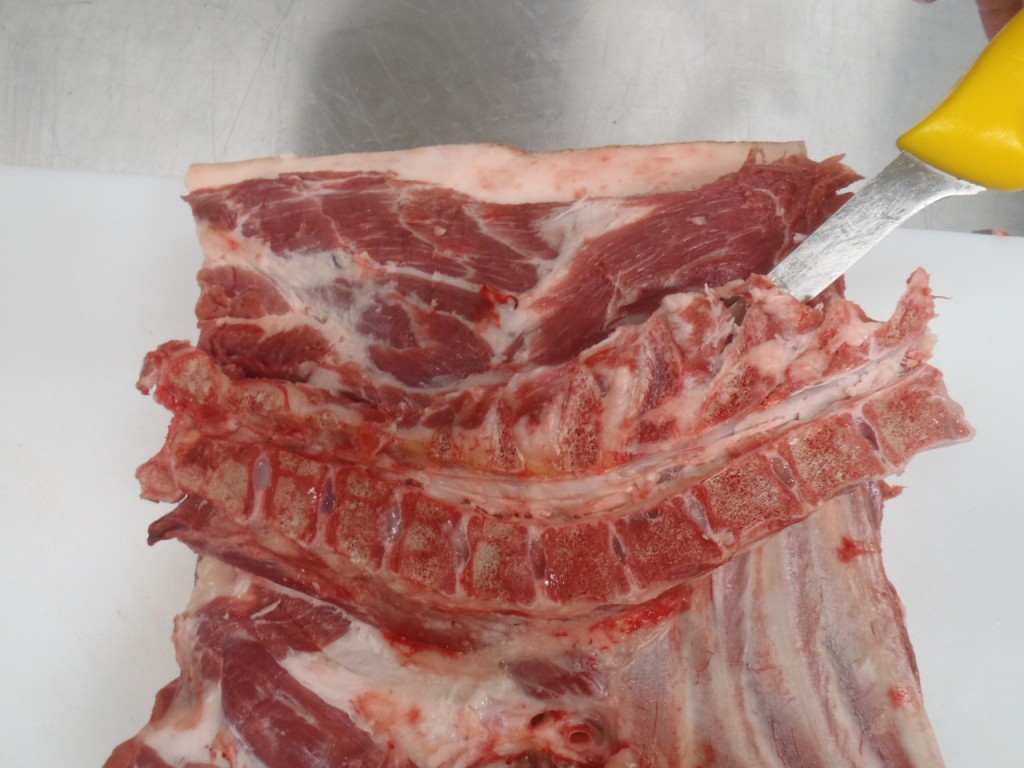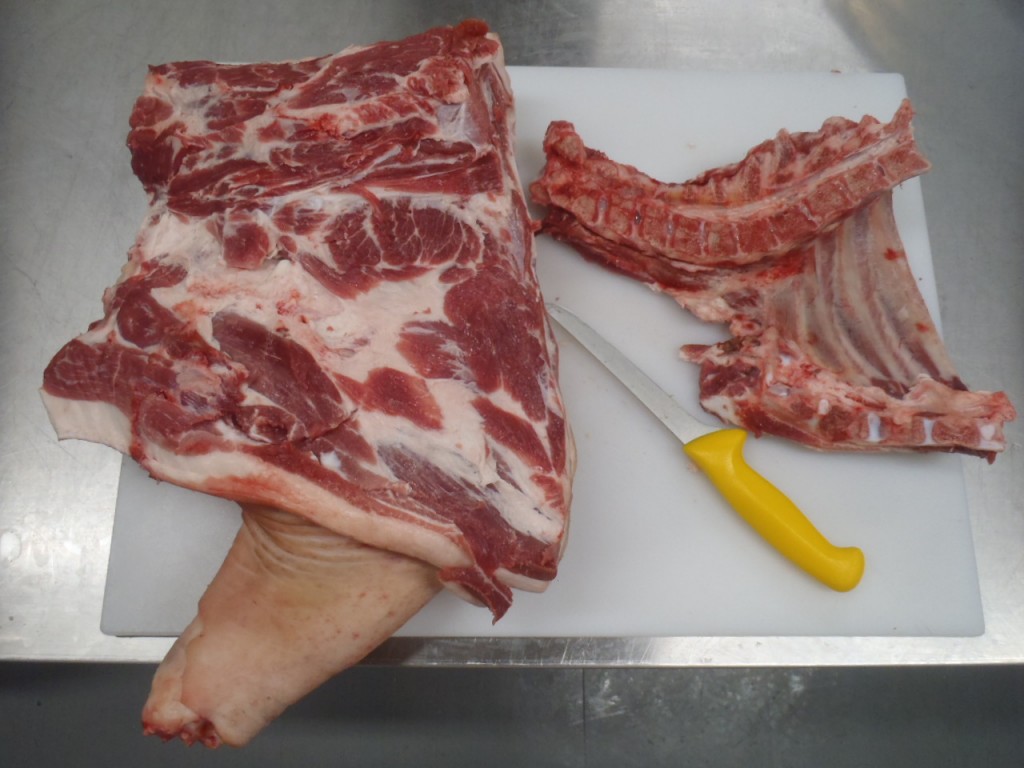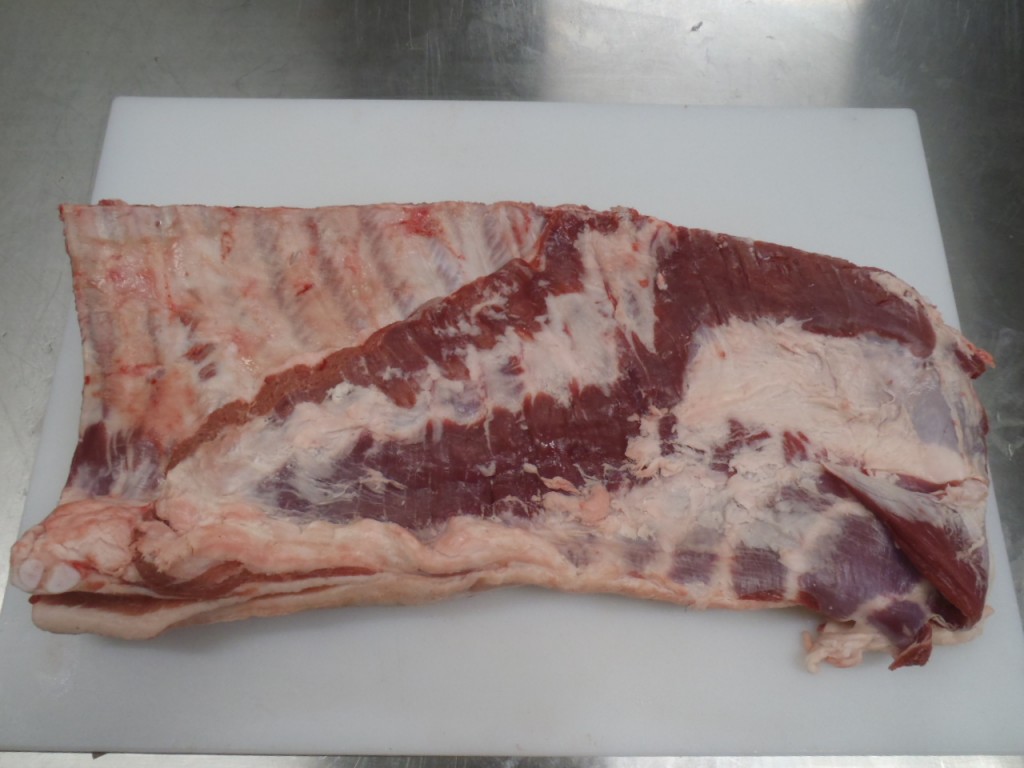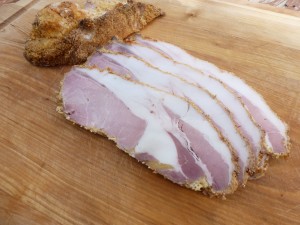 It’s always confused me that Americans call back bacon “Canadian bacon,” when it’s much more associated with Britain than Canada. To my knowledge the only uniquely Canadian form of bacon is peameal bacon: cured pork loin rolled in ground split peas, which keeps the surface of the meat dry and inhibits microbial growth. Sometime over the past century cornmeal has taken the place of peameal, but the name hasn’t changed.
It’s always confused me that Americans call back bacon “Canadian bacon,” when it’s much more associated with Britain than Canada. To my knowledge the only uniquely Canadian form of bacon is peameal bacon: cured pork loin rolled in ground split peas, which keeps the surface of the meat dry and inhibits microbial growth. Sometime over the past century cornmeal has taken the place of peameal, but the name hasn’t changed.
This week I made two forms of peameal bacon: the contemporary favourite – lean, centre-cut pork loin, fat trimmed down, brined and rolled in cornmeal – and a rustic recontruction, inspired by the fantastic book The Art of Living According to Joe Beef. I left an inch or two … Continue reading.
